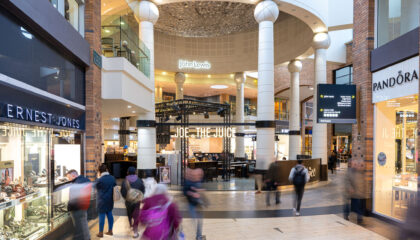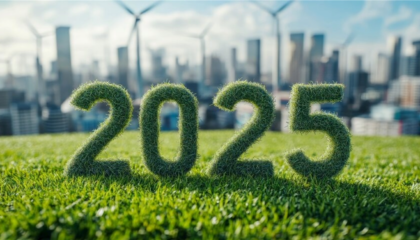As clocks tick inexorably closer to the 2050 net zero target in the UK, meaningful carbon reduction presents property owners and developers with a challenge. Even the smallest actions taken now on reducing carbon emissions are steps in the right direction.
Responsibility of the built environment for carbon reduction
According to the World Green Building Council, the built environment contributes around 40% of total global carbon. Around 28% of this comes from energy consumption (operational carbon) and approximately 11% from carbon in construction materials (embodied carbon).
Now is the time to move beyond greenwashing. The industry must work towards carbon-neutral emissions for all buildings before costly regulations and enforcement take over. This can be done through proactive, systematic changes that reduce carbon emissions for new build, deep retrofits and refurbishments.
Net zero attracts investment
While the moral case for sustainable real estate is self-evident, positive action towards achieving net zero buildings also increases value and let-ability of assets. This has caught the eye of investors, with assets in sustainable investment products in Europe forecast to reach €7.6tn over the next five years, outnumbering conventional funds. According to research by PwC, ESG funds, previously niche, will experience a more than threefold jump in assets by 2025, increasing their share of the European fund sector from 15% to 57%.
For all these reasons, real estate has become a major target of international efforts to achieve net zero. But creating a credible net zero carbon trajectory for individual assets will require close consideration, followed by practical action.
Every journey towards net zero is unique
At Workman, we collaborate with clients to create and implement bespoke Net Zero Asset Plans. These aim to meet the government’s net zero carbon emission targets or individual carbon reduction targets set for 2030 and beyond. Each pathway provides a unique way of achieving zero carbon buildings. Practical recommendations are provided; data is collated; and gaps identified that must be addressed in order to achieve a net zero building.
Energy efficiency: a step towards net zero
Planned refurbishment work presents a valuable opportunity to identify cost-effective improvements to create better-performing net zero buildings.
Carbon reduction opportunities in heating and cooling systems can be leveraged through heating and cooling can be leveraged through: the removal of gas-fired systems; energy-efficient plant for heating and cooling (air/water source heat pumps); heat recovery to ventilation; adopting natural or mixed-mode ventilation; using solar power for shower facilities; and revisiting design standards around acceptable winter and summer internal temperatures.
The environmental and economic savings derived from a total LED switchover are by now well-recognised. LED lights are often ten times more efficient than those they replace, with further efficiencies to be made by using daylight-dimming options where there is good natural light, and using smart technology to ensure that only areas with occupants are active.
Intelligent buildings: a step towards net zero
Intelligent buildings monitor energy use and identify where optimisation can be made, ensuring energy-use gaps are solved quickly. Smart building platforms utilise information gained from existing services in real time, gathered remotely into a dashboard showing energy usage 24/7/365. Such systems can also detect failures in M&E systems without the need for on-site investigation, provide info to address Net Zero ratings, reduce energy bills, and reduce the carbon footprint of buildings.
Consider carbon reductions at the outset of a project
Considering carbon-positive and cost-effective solutions at the outset of a refurbishment project, will create a more resilient, and therefore more valuable, asset in the longer term. Similarly, use of certifications such as BREEAM has demonstrated that sustainability performance during design, planning, construction, operation or refurbishment helps to reduce running costs and maximise value, by attracting and retaining tenants.
A proactive, net zero mindset
There must be a shift towards a more proactive mindset, along with a re-evaluation of the success of projects, with added data on how specific buildings perform over their lifecycle. But it needn’t cause paralysing levels of bureaucracy. Each small, effective step will help create a clearer pathway along the journey to carbon reduction, and ultimately net zero.
By Hedley Jones, Head of ESG, Refurbishment and Development, Workman



